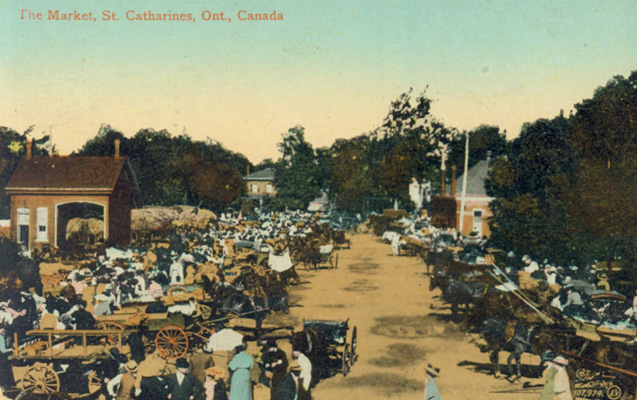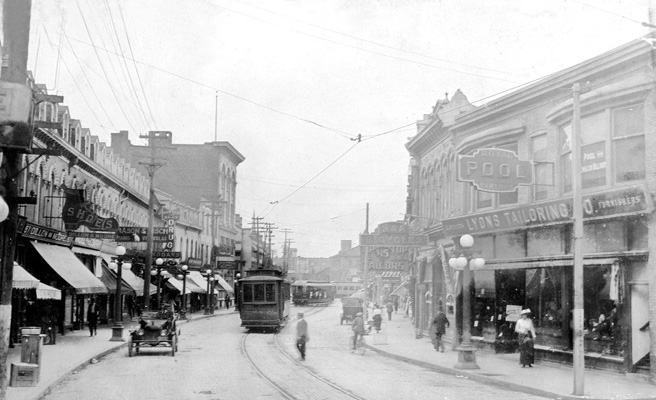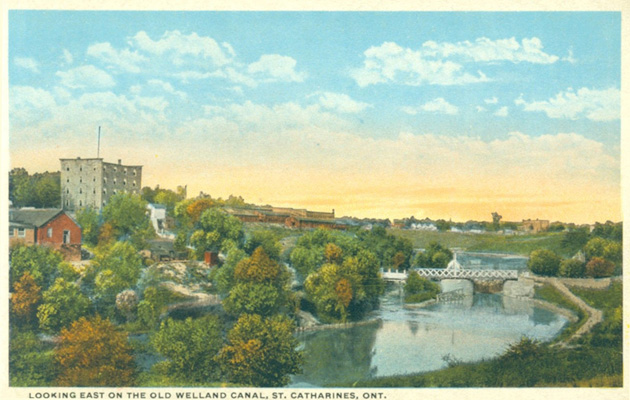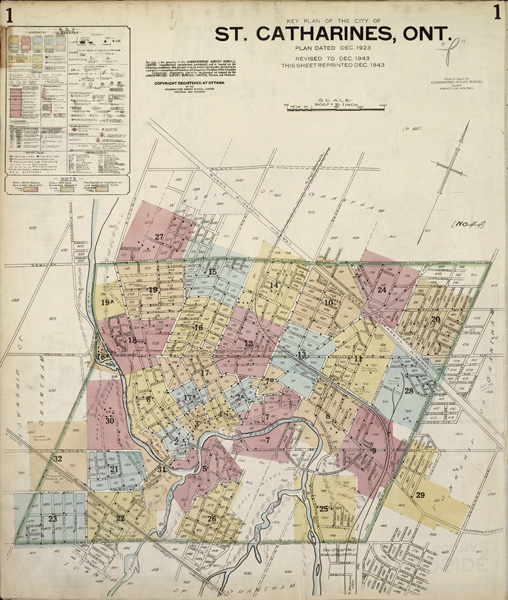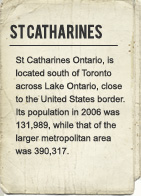St Catharines Ontario, is located south of Toronto across Lake Ontario, close to the United States border. The city was settled starting in the 1780s, primarily by people from Britain and by United Empire Loyalists from across the U.S. border. By the mid-19th century, St. Catharines would become a hub of abolitionist activity, known as a place of refuge for African Americans traveling the Underground Railroad. The city remains important to Black Canadian history. In 1796, the young community was given the name St. Catharines after Catharine Hamilton, wife of Robert Hamilton, an important local merchant and landowner. It was incorporated as a town in 1845 and as a city in 1876.
Natural assets together with entrepreneurial drive fuelled the growth of St. Catharines through the 19th century. The first Welland Canal was constructed between 1824 and 1833, securing its role as the centre for commerce and industry on the Niagara Peninsula. Further transportation was provided starting in the mid-19th century by the Great Western, Welland and the St. Catharines and Niagara Central Railways. Hydroelectric power generated from the locks and other local waterways supported mills, textile and clothing production and diverse manufacturing industries, including automobiles. Mineral springs were discovered and developed, creating a demand for tourist facilities.
General Motors and TRW Automotive used to be the most important employers, but recently there has been a shift from heavy industry and manufacturing to services: education, health and administration. The largest employers are now the boards of education, Brock University and Niagara College. The call centres that have been introduced in recent decades have also become an important source of employment.
Its population in 2006 was 131,989, while that of the larger metropolitan area was 390,317. St. Catharines is known as “The Garden City,” an official nickname that reflects the bountiful growing area that surrounds it as well as its own beautiful parks and nature paths.

